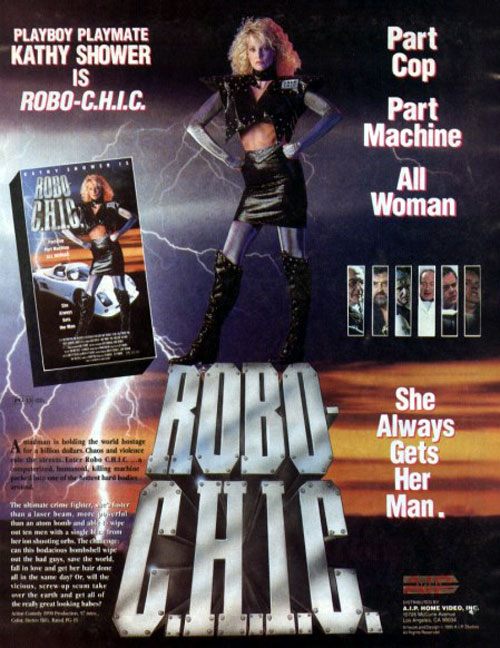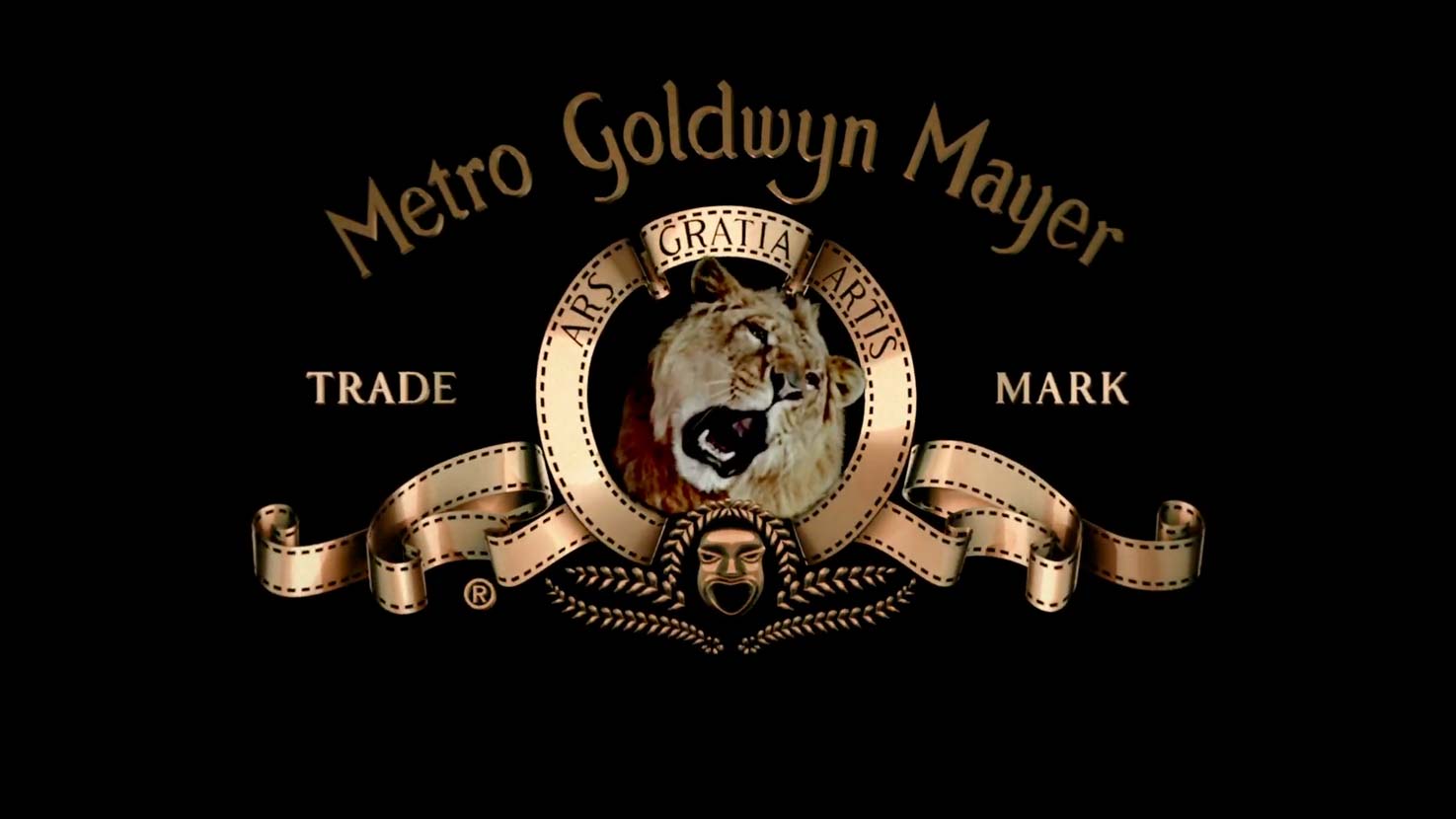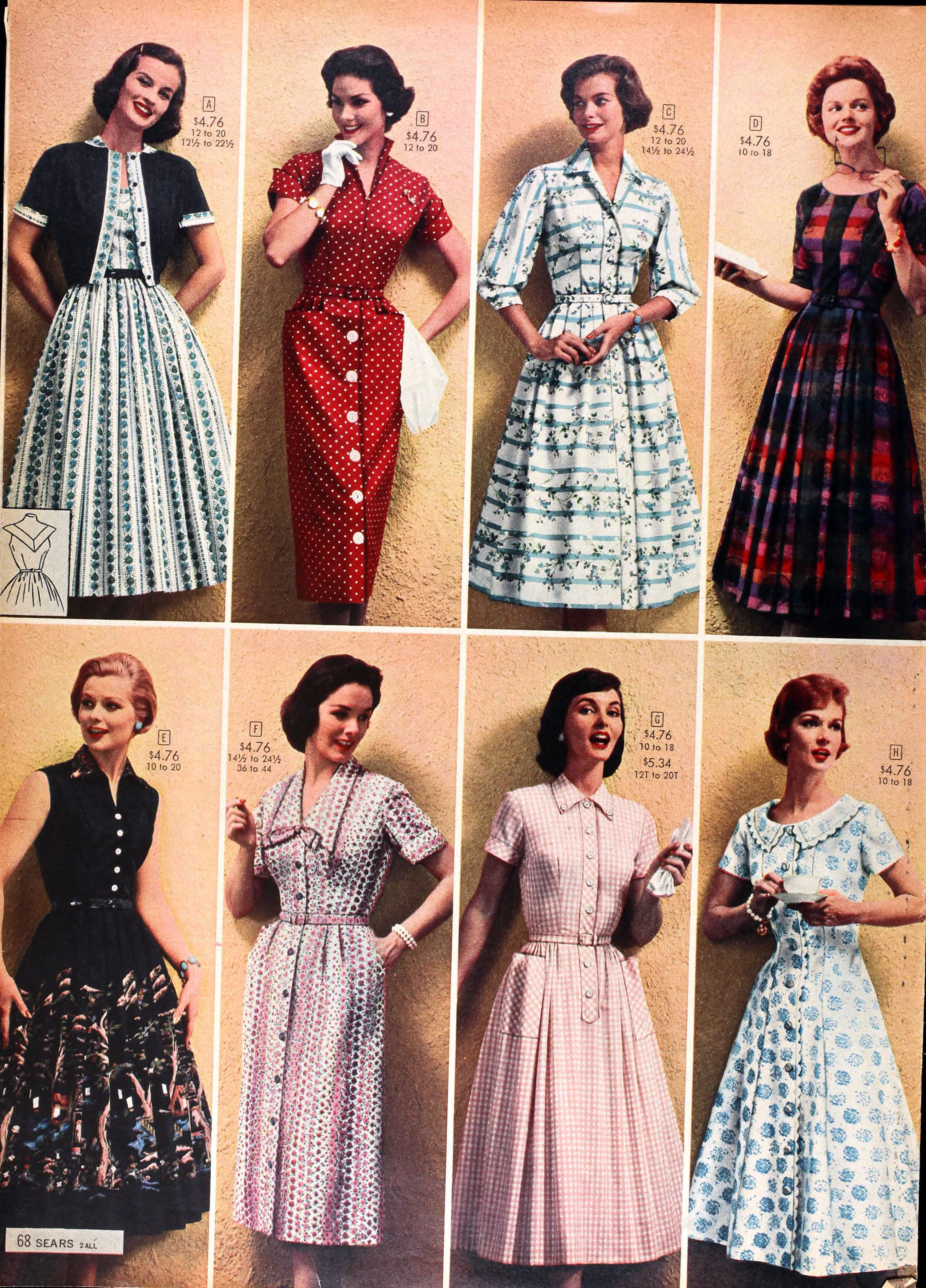Tales From SYL Ranch
Sunday, May 28, 20:00-22:00 UTC
The Old Fan’s Commentary On
Forbidden Planet
Forbidden Planet is a somewhat different film in terms of a commentary. It’s arguably the best science fiction film of the 1950s.

The 1950s was in some ways similar to the 1980s. Following Star Wars, science fiction exploded in films. However, Sturgeon’s Law held, and 90% of it was crap. Most were consigned to the ashbins of VHS. Some have been re-released on DVD and Bluray for a niche market that likes terrible movies.
The 1950s were similar. The Atomic Age brought with it the idea there would soon be a massive breakthrough in power. They assumed that some day soon, your home or even your car would be nuclear-powered. This triggered an avalanche of science fiction films.

Sturgeon’s Law was as true then as today. 90% of it was crap. A lot of them haven’t survived at all. The ones that did seem incredibly primitive by today’s standards.
Forbidden Planet was one of only two or three stand-out films of the 1950s. This was in no small measure because it was produced by MGM.
At the time, MGM was among the premiere film companies in the world. It didn’t lend its name to half-baked projects. If MGM made a musical, it was a brilliant musical. If MGM made a western, it was a brilliant western.

MGM would never produce Plan 9 From Outer Space, nor giant insects, nor 50-foot-tall women. If MGM was going to lend its name to science fiction, it was going to be brilliant science fiction.
The result is Forbidden Planet. It was glorious. Cultural conceits and technical limitations aside, its ideas and plot still hold up today.

The special effects, while somewhat dated today, were landmark at the time. Even today, some hold up.
The science behind the technology of the film was extremely well thought-out. It looks somewhat dated today but even now it’s very well thought-out. Where it needed technobabble and Hand-Wavium, it was reasoned technobabble and Hand-Wavium.
As always, to set the stage:
This time you have to back farther than me. I first saw Forbidden Planet at the Rigel IV convention in Lincoln, Nebraska. The convention marked my entrance into Star Trek fandom. Until that time, I’d been an individual fan with a bare understanding that fandom existed somewhere. After Rigel V, I was in it for life.
However, I was born in 1965. Forbidden Planet was released in 1956, nine years before.
It was a different world, and one I can only imagine. My only exposure to American culture of the time were my parents’ occasional stories, fictional movies and TV shows, and my own observations on the changes in culture since my birth.
As near as I can determine, this was the world in 1956:
There was nothing that we think of as entertainment. There was television, radio, phonograph records, and personal pastimes (reading, involvement in local sports or organizations, etc).
The commercialization of television was just getting into full swing. Imagine the Internet in the late 1990s. No one but the fabulously wealthy could afford more than one TV. The picture was grainy, low-definition, analog broadcast. The vacuum cleaner could obliterate the picture, not to mention storms.
/about/rabbit-ears-antenna-bent-and-taped-112299059-57eee65f3df78c690f310e43.jpg)
To receive TV signals, you needed an antenna (think of it as a low-tech satellite dish). By the time I was born, these antennas dotted the roof of every home and apartment complex. In 1956, one often used a much smaller, less effective interior portable antenna.
The picture still sucked.
There were only three networks (four if you were charitable and counted PBS — which no one did). They didn’t run 24-hour programming. It was typically only 6am – midnight.
TV was black-and-white. Commercialization of color wouldn’t come for another ten years.
There was one phone, a land-line to the house. Sound quality anywhere but in your local town or city was terrible. International calls were spotty at best — not to mention fantastically expensive.
Nothing we take for granted existed. Not even air conditioning had reached the average home. Indeed, air conditioning was a major selling points of movie theaters of the day.
(Ask my kids about the time we went to Blonde Ambition just to get away from the oppressive heat of July in the Upper Great Plains.)

Fashions were radically different for both men and women. Men wore suits and hats. Women wore dresses and rather complicated undergarments. Jeans were becoming acceptable on pre-adult males, but no one over the age of 18 would be found at a job without his suit and tie.
It was certainly a more prudish culture than we think of in 2017. Sex outside of marriage was actively discouraged even by other women. A skirt with a hemline above the knees marked a woman as a slut.
Men were expected to be bread-winners. If one relied on one’s wife for any source of income, a man was shamed by other men. Taking hand-outs from the government, or charity of any kind, was seen as a character flaw. Such a man was a bum, pure and simple.
Religion played a much larger role in American life. Where some 30% of Americans now identify as atheists, the number in 1956 was so low as to be statistically insignificant.
That’s the most I can tell you about the era. I wasn’t there. All I can rely on is history. To my knowledge, that’s what things were like in 1956.
If you’d like to follow along with the commentary, a DVD-quality stream will be available during the live show. After that, you’re on your own.
The URL for the stream is:
